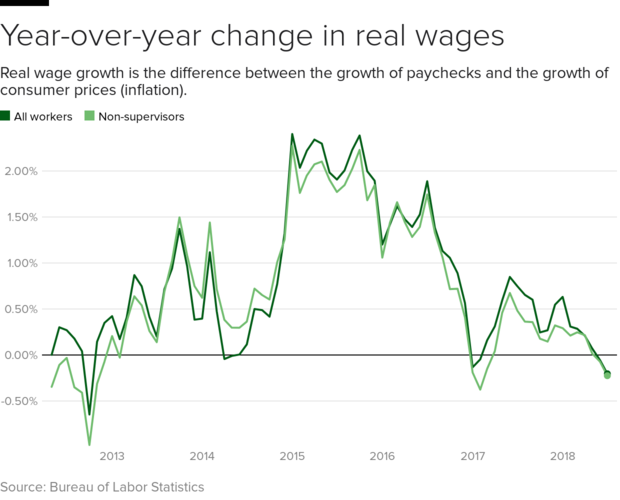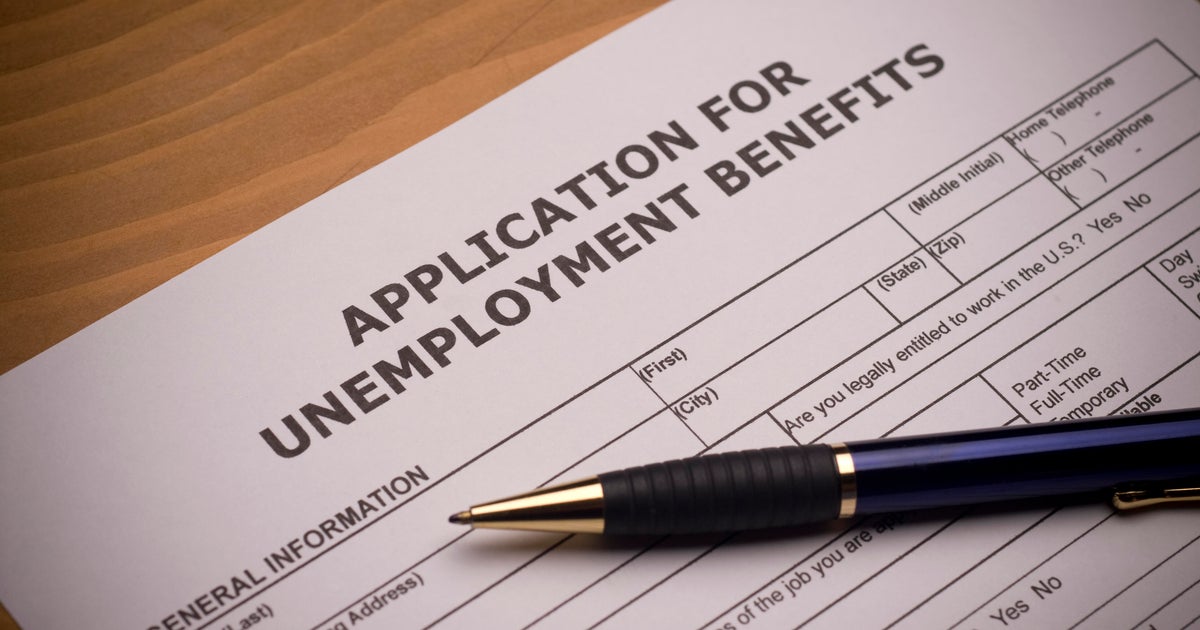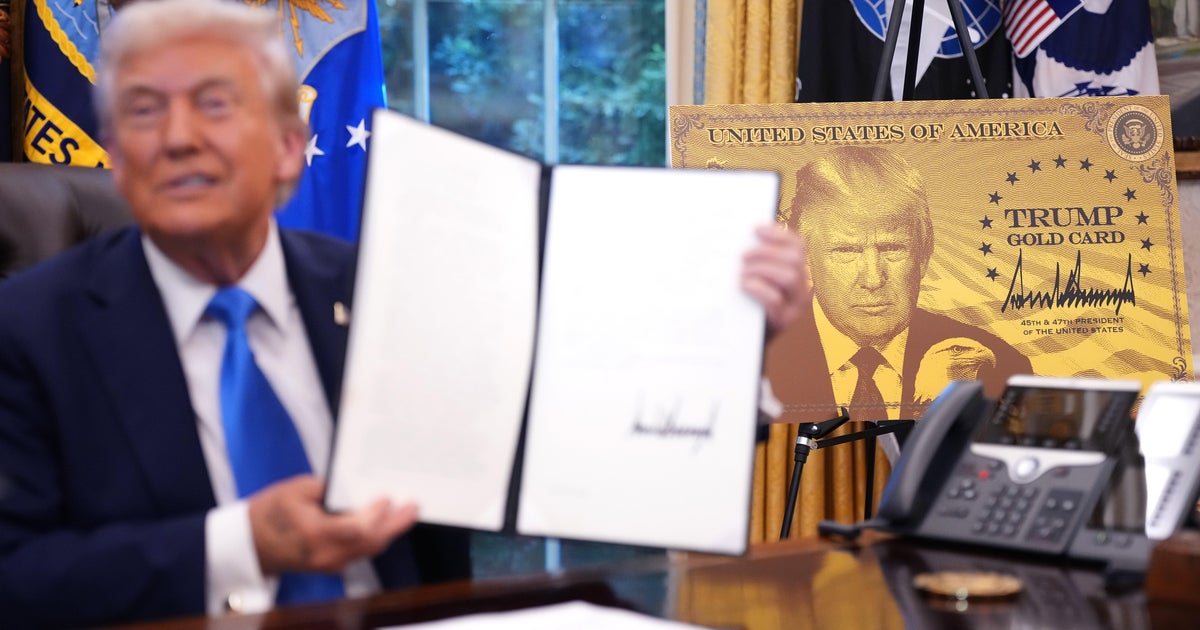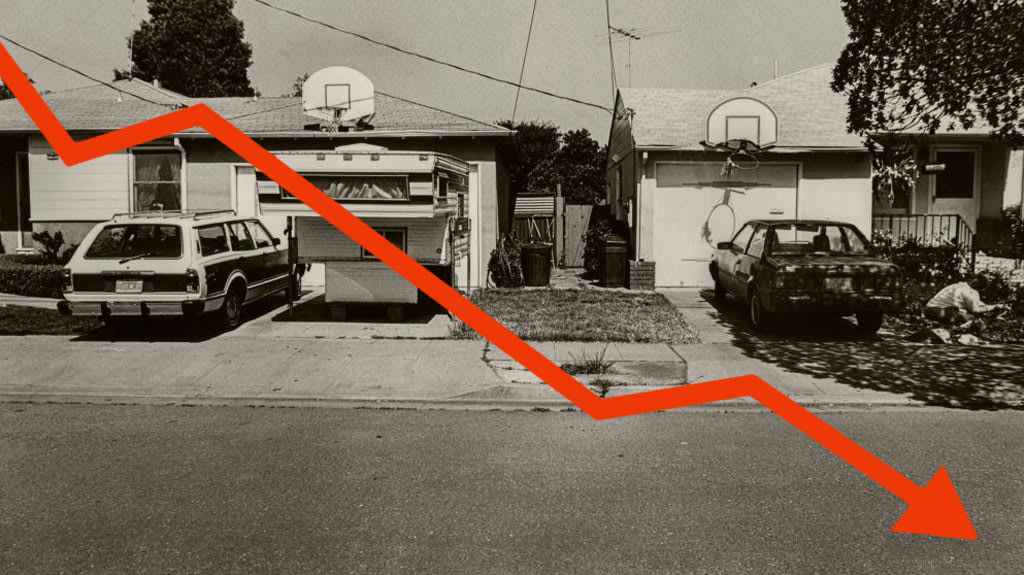Why your wages aren't growing
For the third straight month, there were more job openings around than U.S. in July than there were unemployed workers. At the same time, hourly wages continue to grow at a tepid 2.7 percent and real income -- when adjusted for inflation -- is actually falling. What gives?
After all, low unemployment is supposed to push wages up because employers face more competition for qualified workers, leading them to raise people's pay. And while a healthy uptick in earnings is typically the last piece of the economic puzzle to fall into place, it just hasn't materialized.
On paper, the U.S. economy has much going for it, and workers should be reaping the benefits. Unemployment is at an 18-year low, while the economic expansion that followed the financial crash is less than a year away from being the longest on record. Fiscal stimulus in the form of President Trump's tax cuts and a boost in federal spending is driving growth. Corporate profits are gushing.
But these tailwinds aren't nearly enough to blow wage growth back on course given the deeper -- and older -- problems facing the economy. An analysis by the Economic Policy Institute finds that the textbook relationship between productivity gains -- that is, how efficient workers are -- and wages broke down way back in 1973.
Since then, productivity has risen nearly 74 percent while real hourly pay has risen just 13 percent. That gap helps explain why corporate profits have soared while wealth inequality has worsened. Simply, workers are producing more but capturing less of the resulting profits.
The solution? EPI wants the Federal Reserve to keep interest rates low, prioritizing job-creation over tamping down inflation, until annualized wage growth hits at least 3.5 percent. Other wage boosters, according to the liberal-leaning think tank: greater investment in rebuilding America's decrepit roads, bridges and other infrastructure; lowering the U.S. trade deficit with other countries; and giving companies tax incentives to offer pay raises (such as by linking CEO bonuses to wage increases).
Although wage growth remains lackluster, some signs suggest it's nosing up. Capital Economics notes that job openings in June suggest the labor market continues to tighten, which it expects to keep wages rising. Also encouraging is the rate at which Americans are quitting their jobs -- colloquially known as the "take this job and shove it" indicator. That measure has been rising, which points to a pickup in pay.
Morgan Stanley analysts think average hourly earnings will top 3 percent by year-end, while other economists predict that unemployment could sink to 3.4 percent next year -- that would match the lowest jobless rate in half a century.
Of course, American workers have heard such predictions before. The cries of "wait 'til next year" are starting to ring hollow.






